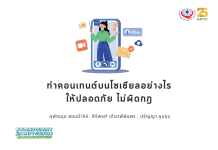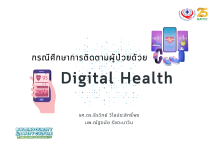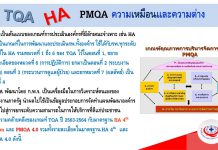This presentation by Dr. Karin Jay dives into patient safety and experience in healthcare, with a particular emphasis on medical travel. Here’s a breakdown of the key points with additional details:
The Crucial Role of Communication:
Focus on Clear Communication: The presentation highlights the importance of clear and compassionate communication between various parties.
Organization to Patients & Families: This includes explaining what to expect during admission, parking instructions, wayfinding around the hospital, visitation policies, and spiritual considerations (especially for traveling patients).
Care Providers to Patients: Effective communication involves creating detailed care plans outlining procedures, offering patient preferences whenever possible (like wake-up times or medication choices), and ensuring shared decision-making.
Practitioners During Handovers: Proper communication during shift changes is crucial to avoid errors. The acronym “RESPECT” is used as a reminder to be respectful during handoffs, ensuring important information and test results are relayed accurately and timely. This aligns with the 2024 Joint Commission National Patient Safety Goal on communication.
- Addressing Health Literacy Disparities:
Understanding Health Literacy: The presentation acknowledges that patients may have varying levels of health literacy, not necessarily linked to education level or background.
Impact on Patient Safety: Low health literacy can increase the risk of medical errors.
Strategies for Healthcare Providers: The speaker suggests avoiding excessive medical jargon and explaining things in simpler terms. Additionally, providing alternative resources like diagrams or translated materials can be helpful, especially for patients with limited language proficiency.
- Importance of Staff Support and Teamwork:
Safe and Supportive Work Environment: Creating a safe space for staff is crucial for patient safety. This includes fostering open communication during handoffs and allowing staff to voice concerns without fear of repercussions.
Visible Leadership and Staff Support: Leaders who are present and engaged with staff on the ground can better understand challenges and address them effectively.
Staff Wellbeing: The presentation emphasizes the importance of providing staff with spiritual and psychological support, along with amenities, rewards, and recognition for their contributions.
- Special Considerations for Medical Travelers:
Increased Stress and Vulnerabilities: Medical travelers experience additional stress due to their health condition, travel uncertainties, and concerns about home and finances.
Communication Challenges: Language barriers and communication difficulties with their primary care provider back home can add to the stress.
Focus on the Travel Continuum: The presentation highlights the importance of addressing patient needs throughout the entire travel journey, well before they arrive and after they return home.
In conclusion, Dr. Karin Jay’s presentation emphasizes that the true formula for organizational growth lies in prioritizing patient safety and person-centered care. This involves clear and compassionate communication throughout a patient’s journey, addressing health literacy disparities, fostering a supportive work environment for staff, and catering to the unique needs of medical travelers. By focusing on these key areas, healthcare organizations can not only enhance patient outcomes and experiences but also drive their own growth and success in an increasingly competitive and patient-centric healthcare landscape.
Transcribed and summarized by Songsak Thongsanit














































